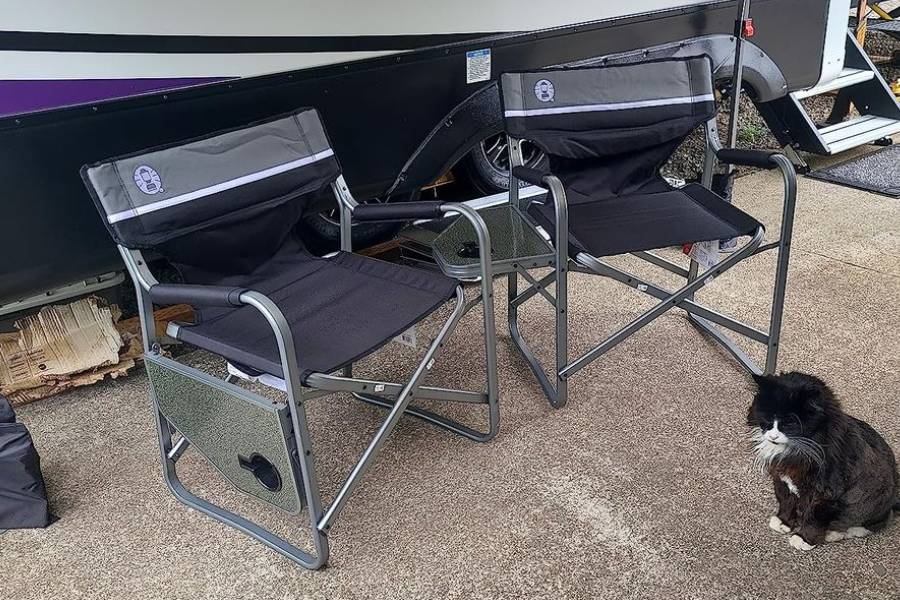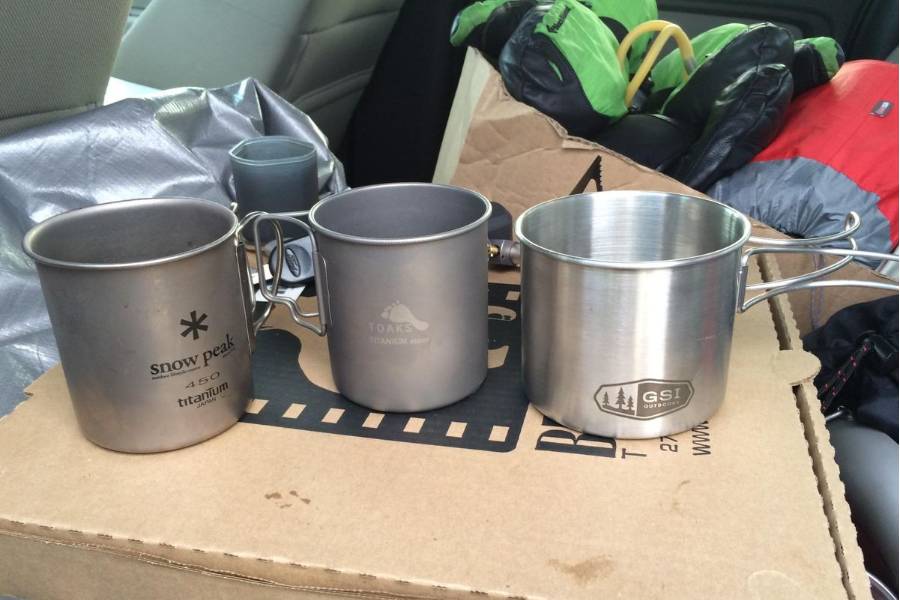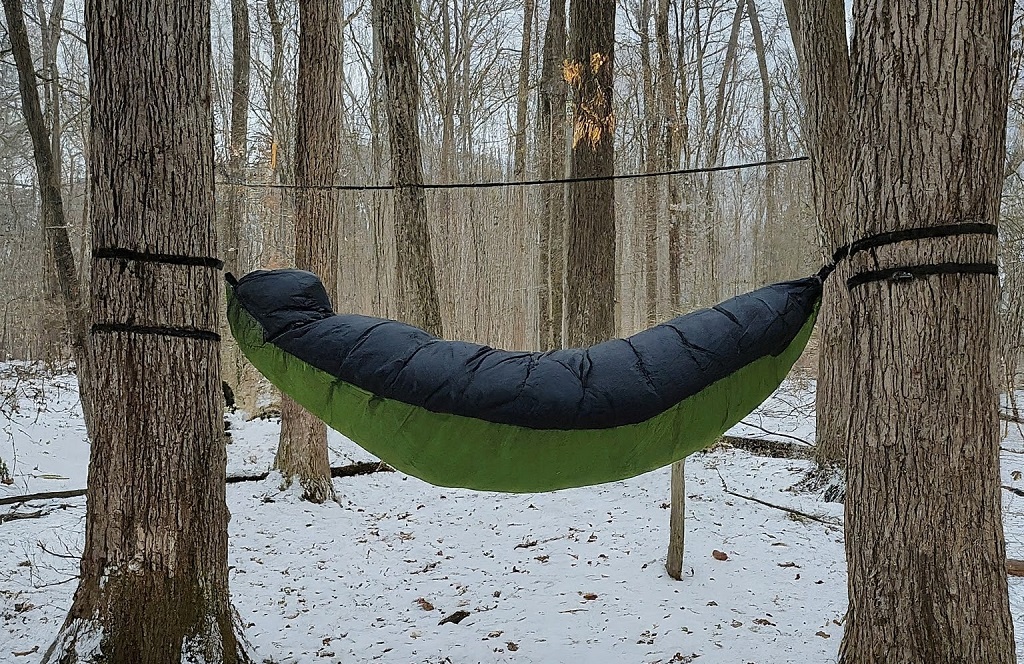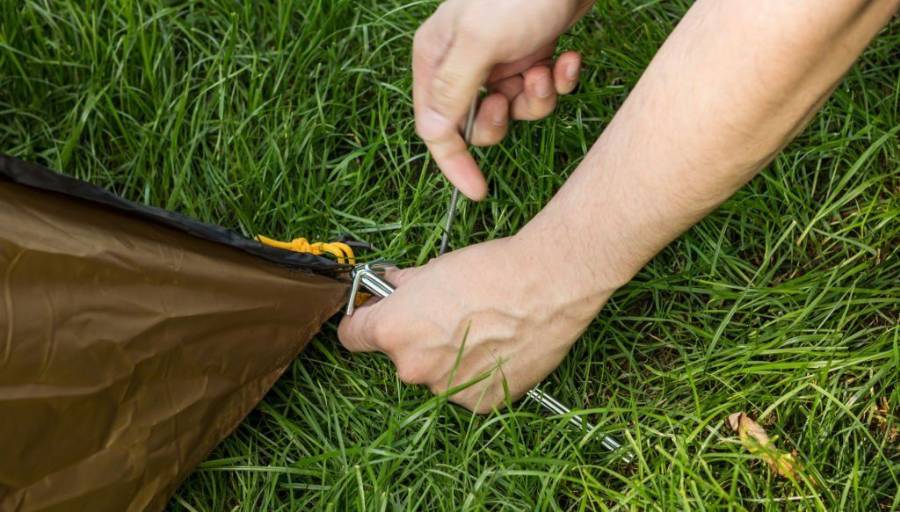The 8 Best Sleeping Bag Liners for Backpacking
Having the right gear can make all the difference for a comfortable night’s sleep during backpacking trips. After countless nights spent under the stars, I’ve come to appreciate the value of a good sleeping bag liner. You might wonder, “Which sleeping bag liner should I choose for my backpacking trip?”
I’ve tested the top 8 sleeping bag liners on my trips and I’m excited to share the results! I’ll highlight the key features, pros, and cons to help you find the perfect fit. Let’s explore these liners that will enhance your camping experience and keep you cozy wherever your adventure takes you!
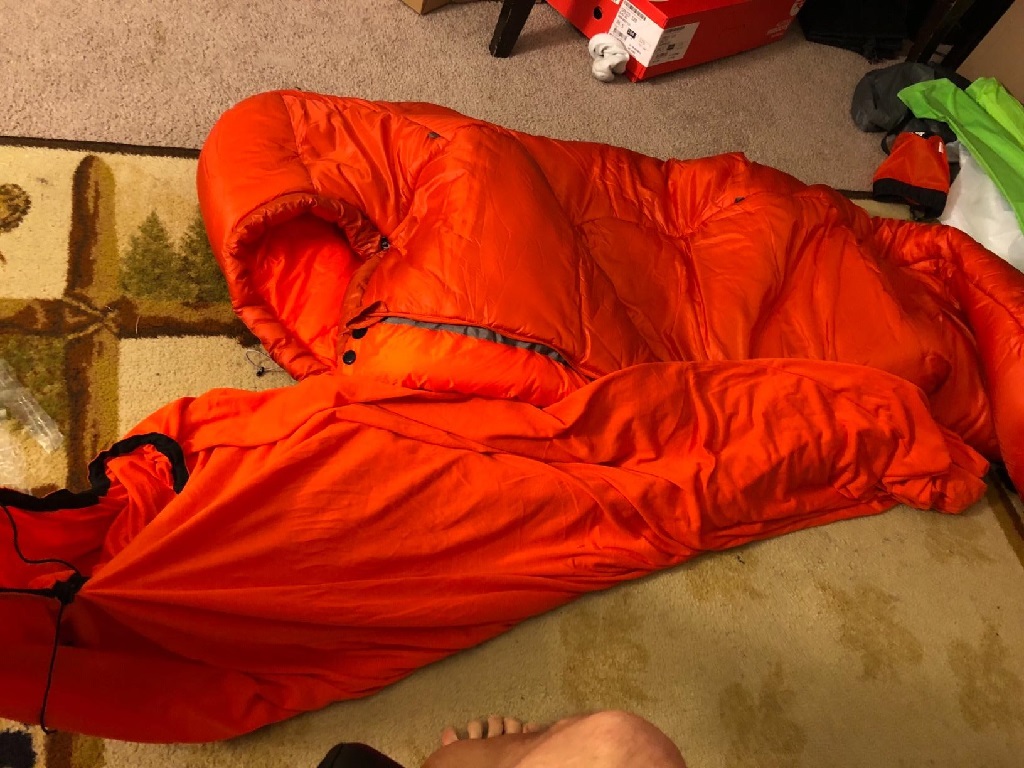
Top 8 Sleeping Bag Liners for Backpacking
Take a quick glance for an overview.
- Sea to Summit Thermolite Reactor
- REI Co-op Silk Sleeping Bag Liner
- Coleman Sleeping Bag Liner
- Big Agnes Puffer Sleeping Bag Liner
- Teton Sports Flannel Ultralight Liner
- ENO ProFly Sil Nylon for Backpacking
- Klymit Klymit V Sleeping Bag Liner
- Outdoor Research Vigor Liner
1. Sea to Summit Thermolite Reactor Liner
When I first tried the Sea to Summit Thermolite Reactor Sleeping Bag Liner, its warmth and lightweight design immediately impressed me. It is made from Thermolite fabric. This liner provides a significant temperature increase of up to 15°F (8°C), making it ideal for chilly nights in the backcountry. Its large dimensions of 82 x 36 inches provide enough space to move around comfortably.
Furthermore, the moisture-wicking properties ensure you stay dry throughout the night. It packs down roughly a water bottle size, making it easy to stow in your backpack.
Pros:
- Adds warmth
- Lightweight and compact
- Mummy shaped with toe-box
- Versatile for different weather conditions
Cons:
- Slightly pricier than basic liners
2. REI Co-op Silk Sleeping Bag Liner
The REI Co-op Silk Liner adds a touch of luxury to your upcoming outdoor adventures. Made from 100% silk, it feels incredibly soft against the skin, offering much-needed comfort after a long day on the trails. Its lightweight design (just 5 ounces) and 84 x 36 inches dimensions make it easy to pack. It can easily fit inside most sleeping bags.
What I appreciate is its ability to keep me warm without overheating, making it ideal for summer and colder weather when combined with my sleeping bag. Also, the silk material is naturally breathable and moisture-wicking. It’s machine washable and dries quickly.
Pros:
- Quick-drying
- Soft and luxurious feel
- Lightweight and easy to pack
- Machine washable
Cons:
- More delicate than synthetic liners
3. Coleman Sleeping Bag Liner
If you’re on a budget and still want a decent sleeping bag liner, the Coleman Sleeping Bag Liner could be an excellent choice. This liner features a soft brushed polyester fabric that feels cozy and comfortable against the skin. It fits well inside most sleeping bags. Its lightweight design ensures that it won’t weigh you down while trekking. It’s also machine washable, which is beneficial for weekend campers. It is a practical choice for family camping trips and won’t take up more space when packed compared to other options.
Pros:
- Affordable
- Machine washable
- Easy to store with included sack
- Decent warmth for cooler nights
Cons:
- Bulkier than some alternatives
4. Big Agnes Puffer Backpacking Liner
The Big Agnes Puffer Sleeping Bag Liner is recommended for those who prioritize portability. It’s designed with synthetic insulation encased in a ripstop nylon shell to withstand the rigors of outdoor use. It measures 84 x 36 inches and can increase the temperature rating of your sleeping bag by up to 20°F (11°C). This model is versatile enough to be used as a lightweight sleeping bag during summer nights. The package comes with a stuff sack; you can throw it into your backpack. Though a bit heavier than some liners, the extra warmth it offers is well worth it for cooler evenings.
Pros:
- Excellent insulation
- Soft and smooth fabrics
- Durable and weather-resistant
- Versatile for different uses
Cons:
- Heavier than other lightweight options
5. Teton Sports Flannel Liner
The Teton Sports Flannel Liner is the perfect solution for those who crave home comfort while camping. This liner is made from soft flannel fabric. It measures a generous 87 x 39 inches, allowing plenty of space for movement. You can easily add it to any sleeping bag. I love how easy it is to roll up and pack away in its included stuff sack, though it does take up more space in my backpack than a typical synthetic liner. The flannel material is machine washable.
Pros:
- Cheap price
- Soft and comfortable flannel fabric
- Spacious design for added comfort
- Machine washable for easy care
Cons:
- Bulkier than lightweight options
6. ENO ProFly Sil Nylon Liner
The ENO ProFly Sil Nylon Liner is designed with minimalists in mind. It weighs only 5 ounces and packs down to a compact size. It can be used as a protective liner for your sleeping bag or on its own during warmer nights. You will be impressed by how breathable it is. It provides a nice barrier against dirt and moisture. However, it does not offer as much warmth as thicker liners, but could be an excellent choice for summer hikes or ultralight backpacking trips.
Pros:
- Extremely ultralight
- Versatile for multiple uses
- Full length zipper
- Durable material
Cons:
- Limited warmth for colder weather
7. Klymit Klymit V Sleeping Bag Liner
The Klymit V Sleeping Bag Liner features a unique design that prioritizes versatility. Breathable moisture-wicking fabric keeps you warm and regulates temperature effectively. It measures 78 x 30 inches to offer a snug fit. I love the built-in pillow pocket feature, which lets you use your inflatable pillow or stuff a jacket. It’s lightweight enough for backpacking trips, yet it adds significant comfort to your sleep setup.
Pros:
- Moisture-wicking and breathable
- Built-in pillow pocket for added comfort
- Lightweight and packable
- Good value
Cons:
- May feel snug for larger users
8. Outdoor Research Vigor Liner
The Outdoor Research Vigor Liner has quickly become a favorite for its durability. This soft breathable polyester liner provides a cozy sleep environment. It measures 84 x 30 inches and can add an impressive 10°F (5°C) to your sleeping bed. The fast-drying fabric is a major advantage when camping in unpredictable weather. The liner packs down into a compact size. However, it’s slightly heavier than some silk options.
Pros:
- Warm and cozy fleece material
- Quick-drying for variable weather
- Designed for long-term use
- Versatile choice
Cons:
- Heavier than silk liners
How to Choose the Best Sleeping Bag Liner for Backpacking
Here are the key factors to consider when shopping for a sleeping bag liner:
Choose the Material
The material of your sleeping bag liner can significantly impact your comfort, warmth, and packability. Here are some common materials to consider:
- Silk: For luxury and lightweight options, silk liners are incredibly soft and pack down very small. They provide a decent warmth boost but can be less durable.
- Synthetic Fabrics: Materials like polyester or nylon are popular for their durability, quick-drying properties, and affordability. They offer good insulation and are more rugged.
- Flannel: For a cozy, home-like feel, flannel liners are fantastic, especially for cooler nights. They’re soft and warm but bulkier when packed.
Weight and Packability
As a passionate backpacker, I understand the importance of keeping your pack light and compact. Sleeping bag liners can vary significantly in weight and size when packed. Look for options that balance warmth and comfort without adding unnecessary bulk.
Lightweight synthetic or silk liners usually weigh between 5 to 12 ounces. On the other hand, bulkier flannel liners might weigh more. Always check the packed dimensions to ensure it fits well in your backpack without taking up too much space.
Size and Fit
Sleeping bag liners come in various sizes, and finding one that fits comfortably is crucial. Too small can feel constricting, while one that’s too large might not trap heat effectively. I recommend looking for liners that are at least 80 inches long and 30 inches wide to provide enough space for movement. If you’re taller or wider, consider opting for a liner designed with larger dimensions to ensure a comfortable night’s sleep.
Warmth and Insulation
Consider the temperature conditions you’ll be facing during your adventures. Some liners can add significant warmth—up to 20°F in some cases—while others are best suited for warmer nights. For colder climates, a liner with better insulation (like synthetic or fleece) can enhance the performance of your sleeping bag. If you plan to camp in various conditions, a versatile liner provides warmth and can be used alone in warmer weather.
Ease of Cleaning
You’ll want a sleeping bag liner that’s easy to clean after your camping trips. Most synthetic liners can be machine-washed. However, silk and flannel might require more delicate care. I recommend choosing a liner that you can easily toss in the washing machine to keep it fresh and hygienic after your adventures. Quick-drying materials are a bonus.
Price and Brand Reputation
Sleeping bag liners come in a range of prices, so consider your budget and the brand’s reputation. Investing in a quality liner from a reputable brand often ensures better durability and performance. Although budget options can be tempting, sometimes it’s worth spending a little more for a product that will last longer and perform better in the field.
Additional Features
Finally, consider any additional features that might enhance your sleeping experience. Some liners come with built-in pillow pockets, which can be great for adding comfort by allowing you to stuff a jacket or use an inflatable pillow. Others may have zippers or snaps that can help secure the liner inside your sleeping bag.
FAQs:
How much warmth can I expect from a sleeping bag liner?
The warmth added by a sleeping bag liner varies by material and design. Generally, high-quality liners can increase your sleeping bag’s warmth by 5°F to 20°F (2°C to 11°C). For example, silk liners provide less insulation compared to thicker synthetic or fleece liners. If you often camp in colder conditions, investing in a warmer liner is advisable.
Can I use a sleeping bag liner by itself?
Yes, many sleeping bag liners can be used on their own, particularly in warmer weather. Lightweight liners made from silk or nylon are especially suitable for summer nights when a sleeping bag may be too hot. Just make sure to choose a liner that is comfortable for your skin, as it will be the only barrier between you and the ground.
How do I clean and maintain my sleeping bag liner?
Cleaning methods depend on the material. Most synthetic liners are machine washable and can be air-dried or tumble-dried on low heat. Silk liners require more care and should be hand-washed or machine-washed on a delicate cycle. Always check the care instructions to keep your liner in good condition.
Conclusion
I hope you now have a clearer understanding of how these essential accessories can enhance your camping experience. Each liner brings unique strengths—added warmth, comfort, or convenience—and I’ve tested them in various conditions to provide insights that will help you make an informed choice. So, gear up, choose the liner that suits you best, and get ready to enjoy countless nights under the stars with comfort and ease!









